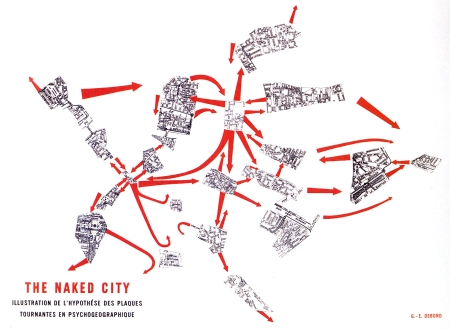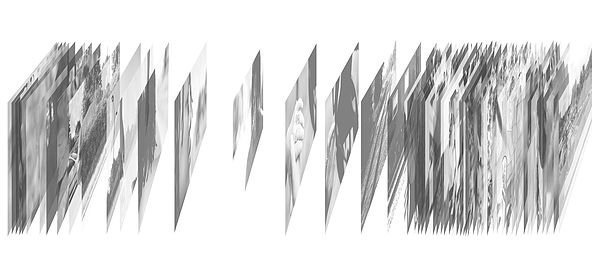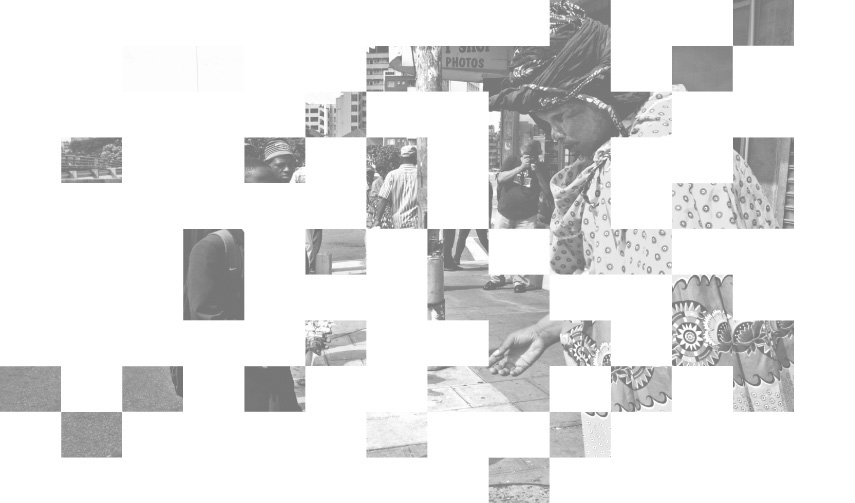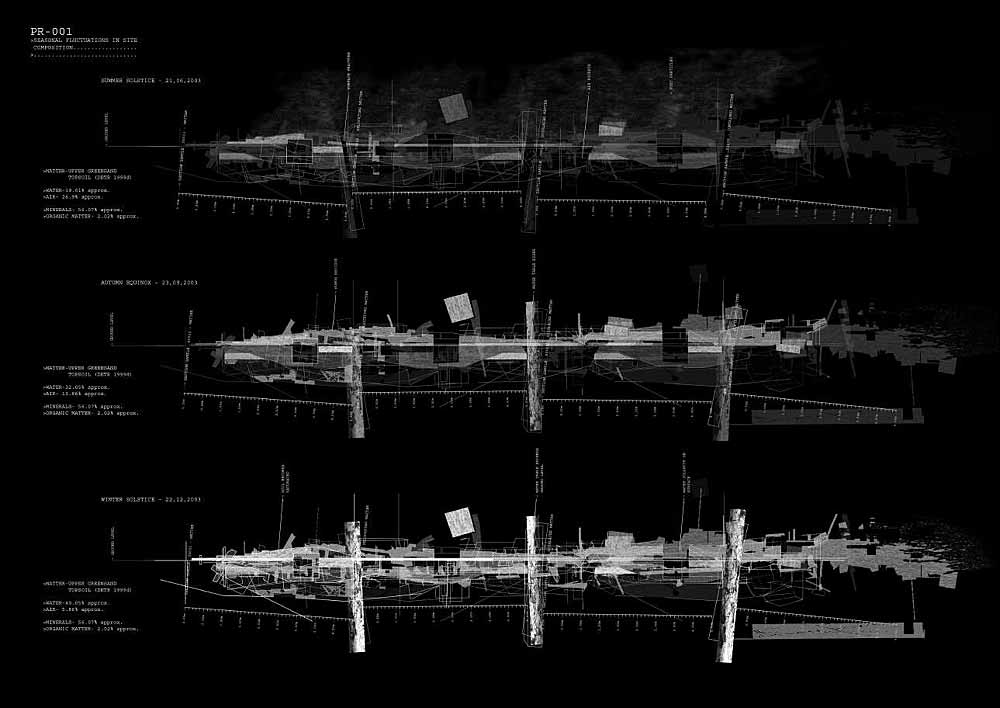Guy Debord’s – The Naked City (1957)
Guy Debord’s Naked City, present the most radical departure from the grid. In reaction to the rational city models embraced by Parisian postwar planners in the 1950s, he and his colleagues co-opted the map of Paris, reconfiguring the experience of the city through its authority. By manipulating the map itself, they intervened in the logic of the city, constructing an alternative geography that favored the marginalized, and often threatened, spaces of the urban grid. Torn from their geographical context, these areas were woven together by arrows inspired by the itineraries of the drift or “dérive.” These “psychogeographic” maps proposed a fragmented, subjective, and temporal experience of the city as opposed to the seemingly omnipotent perspective of the planimetric map. As mapping is used as a tactic to bring together personal narratives about urban space, the Situationist maps provide a useful example of visualizing a subjective view of the city.
The central problem with these maps is not in the way in which they confront norms of cartography, but the duration to which they are bound. The ephemeral nature of psychogeographic space meant that these sites could quickly shift through the pressures of development. The Situationist maps in turn become an archive of a specific moment in the life of the city. However, if these maps incorporated time, they would be able to show the migration or disappearance of these psychogeographic spaces, highlighting and critiquing the urban trends that were / are shaping the city.
This entry was posted in Articles, Literature. Bookmark the permalink.
I was introduced to The Naked City about a year ago by Luis, my 4d professor.
He introduced to us this concept of dérive which is “
an unplanned journey through a landscape, usually urban, on which the subtle aesthetic contours of the surrounding architecture and geography subconsciously direct the travellers, with the ultimate goal of encountering an entirely new and authentic experience. Situationist theorist Guy Debord defines the dérive as “a mode of experimental behavior linked to the conditions of urban society: a technique of rapid passage through varied ambiances.”
” Can maps be a form of narrative? What does maps actually tell us?
Designing an interface
In the book, the Dreamcatcher, one of the character described having a memory warehouse in his mind, able to retrieve and store any memory, this is also known as the method of loci (loci being Latin for “places”[1]), memory palace, mind palace. This method depends more on spatial memory than simply intelligence.
Having collected some images for my project, I’ve come to realize one of the greater challenges one must face when handling interactive narrative is not what story you wish to tell, but how to tell it.
If we understand our stories as routes, can we create a means of navigating through narratives? How would that change the way we experience stories than simply just buttons. What if we could actually see how the paths interlink and criss-cross. Would that change the way we navigate through stories?
The next step for this project is not so much to simple just take more images, but also to understand how these images can be shown.
Can we map it out several stories so that we can better see relationships?
What about choices we make in the experience? Does it even affect anything? And should it affect?
My goal now is to put the stories together and allow one to navigate it like a maze.




Recent Comments